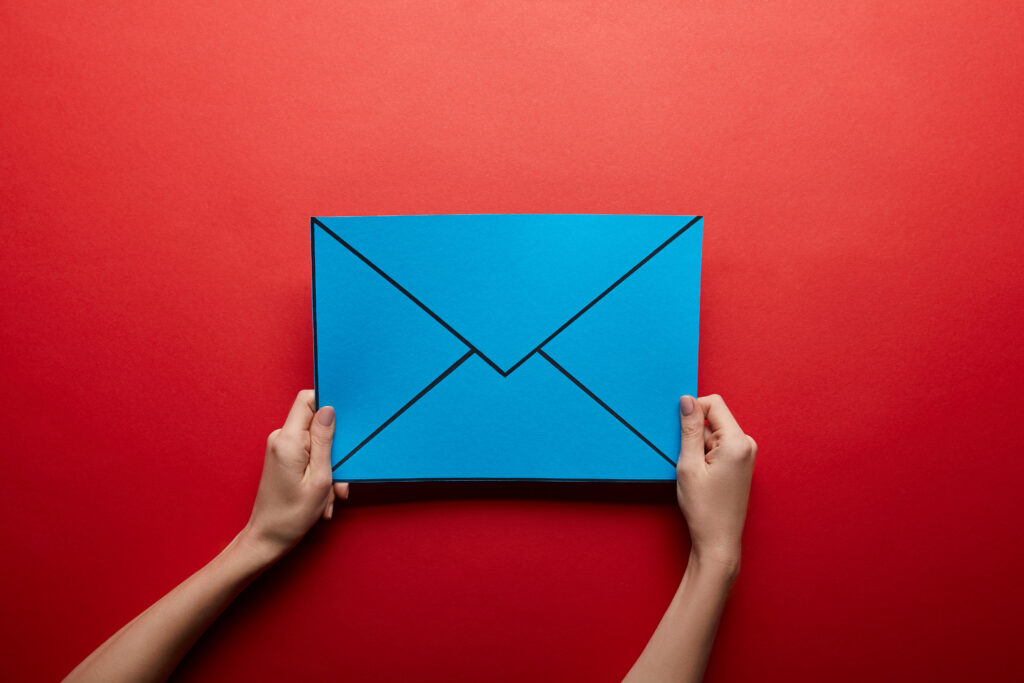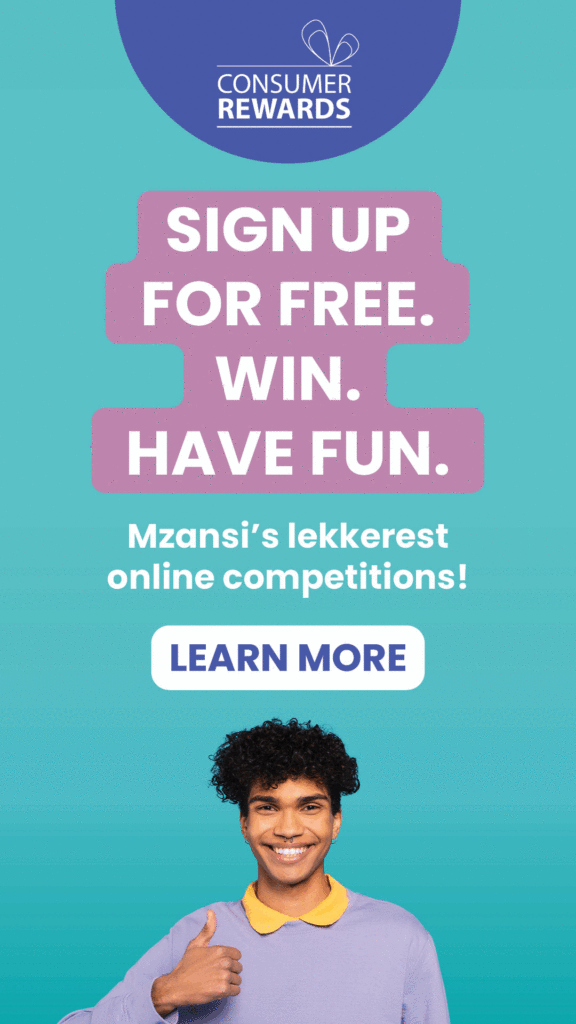Emails that Deliver (Literally)!

Table of Contents
Why Email Marketing Matters 🤷♂️
Email marketing isn’t just alive and well; it’s thriving!
The inbox is one of the most direct ways to speak to your audience, and a powerful way to build relationships, drive action, and boost your brand.
In a world where social media algorithms can make or break visibility, emails provide a reliable, personal touchpoint with high conversion potential.
But getting it right?
That’s a whole different story.
With email marketing, you can achieve some of the best ROIs in digital marketing – even outperforming many other channels.
Well-structured emails drive higher open rates, click-throughs, and ultimately, conversions.
Plus, emails allow you to reach your audience wherever they are and at any time that’s convenient, turning the humble inbox into a place for business opportunities.
Here’s how to turn your emails from “meh” to “WOW”!
Preparing Your Email 🍳
Successful emails start long before you hit “send.”
The most impactful emails are created with purpose, precision, and a deep understanding of your audience.
Here’s a simple breakdown to get you prepared:
1. Audience Segmentation:
A generic email won’t get you far. Know who you’re writing for and why they’re on your list.
Segmentation lets you divide your audience into groups based on interests, purchase history, or demographics, ensuring content relevance for each recipient.
2. Set Clear Goals:
Every email should have one clear goal.
Are you driving sales, collecting feedback, inviting users to an event, or offering something valuable?
Set your intention and build the email around it.
3. Personalize to the Max:
People respond to emails that feel tailored to them.
Go beyond using their name – include relevant recommendations or mention previous interactions.
People feel valued and are more likely to engage when you demonstrate understanding and attention to their needs.
Structuring Your Email for Success 🥇

When it comes to email, structure is just as important as content.
People won’t read long, rambling paragraphs – they’ll skim.
Here’s a quick rundown of the must-have elements:
- Engaging Subject Line: This is your email’s headline. Capture attention immediately.
- Personalized Greeting: Address the reader by name – it sets a friendly tone.
- Compelling Opening: Start with a hook. Give a reason to keep reading.
- Value-Packed Body: Convey your message clearly and provide value upfront.
- Clear Call to Action (CTA): Guide them toward your email’s primary goal.
- Appealing Design Elements: Use visuals wisely but keep them lightweight.
- Footer with Social Links & Contact Info: Make it easy for them to connect.
Crafting Engaging Subject Lines 🔖
The subject line is your email’s golden ticket!
On average, people decide in less than a second whether they’ll open an email, so your subject line needs to create intrigue.
Here are some golden rules:
- Keep it Short and Sweet: Aim for 50 characters or fewer.
- Spark Curiosity or Create Urgency: Use words like “exclusive,” “limited time,” or “last chance.”
- Personalization Works Wonders: Including the recipient’s name or specific interests can catch attention.
- Be Authentic: Skip the gimmicks. Be upfront about the value inside the email.
Examples:
- “John, a surprise offer just for you!”
- “Don’t miss out – just 24 hours left!”
- “Unlock exclusive insights inside!”
Create Strong Openings 💪
The opening line sets the tone.
If your subject line is the promise, your opening line should deliver on it.
Start with a sentence that makes them feel seen or offers instant value. Here’s how:
1. Start with Their Name: A simple “Hey, [First Name]!” goes a long way.
2. Reference Their Needs or Pain Points: “Ever feel like you’re getting bogged down by admin tasks?” Or, “We know finding the right [solution] isn’t always easy…”
3. Offer Immediate Value: Tell them why they’re here. “Today, we’re sharing our top tips for streamlining [process].”
Keeping Messaging Clear and Concise 🙌
The inbox isn’t the place for long-form content.
Keep each section crisp and to the point.
Think headlines, bullet points, and single-sentence paragraphs.
Break up text with spaces to make it skimmable.
Why?
People scan emails, so by keeping things brief and visually accessible, you’re more likely to hold their attention.
Use bold text or italics to highlight key points and consider breaking up sections with headers to signal transitions.
- Bullet Points: Highlight features, benefits, or points succinctly.
- Keep Sentences Short: Around 10-12 words per sentence is ideal for readability.
- Limit Jargon: Keep the language clear and easy to understand for all readers.
The Power of a Strong Call to Action ✅

A powerful CTA is the driving force behind your email.
Whether you want them to click, buy, sign up, or reply, a clear and compelling CTA makes the difference.
Tips for Effective CTAs:
- Be Clear: Make sure the CTA states exactly what you want them to do, like “Join Now,” “Shop the Sale,” or “Learn More.”
- Action-Oriented Language: Use dynamic verbs like “discover,” “join,” or “start.”
- Experiment with Button Colors and Sizes: Make it noticeable but cohesive with your design.
- Place It Strategically: Your primary CTA should appear once above the fold and once near the end of the email.
Testing and Optimizing Your Emails 🧪
Testing isn’t just for grammar checks.
In email marketing, testing can transform a good campaign into a great one.
Run A/B tests on the following elements:
1. Subject Lines: Try different word choices, lengths, and tones.
2. Send Times and Days: Discover what works best for your audience.
3. CTA Buttons: Test different styles, wording, and colors.
4. Design Elements: Experiment with layout, visuals, and length.
Metrics to Watch:
- Open Rate: Percentage of subscribers who open your email.
- Click-Through Rate (CTR): Percentage of clicks on your CTA.
- Conversion Rate: Percentage of readers who complete your desired action.
- Unsubscribe Rate: A high rate could signal email fatigue or irrelevant content.
Optimization Tips: Use insights from your tests to tweak future emails, refine audience segments, and tailor your messages for increased engagement.
Frequently Asked Questions
Aim for 50-125 words for a concise message. For newsletters, 200-500 words work best.
Typically, 1-2 emails per week is effective without overwhelming subscribers. Find your audience’s sweet spot by testing.
Studies suggest Tuesday and Thursday mornings yield good results, but A/B testing is key to determining the best time for your audience.
Use intriguing subject lines, segment your list, and personalize content.
Yes! Visuals increase engagement, but keep file sizes manageable and always include ALT text for accessibility.
For best results, stick with one main CTA. Multiple CTAs can confuse readers, but if necessary, make sure your primary CTA is clear and prominent.
If it aligns with your brand voice, emojis can boost open rates. Test with your audience to see what resonates.





